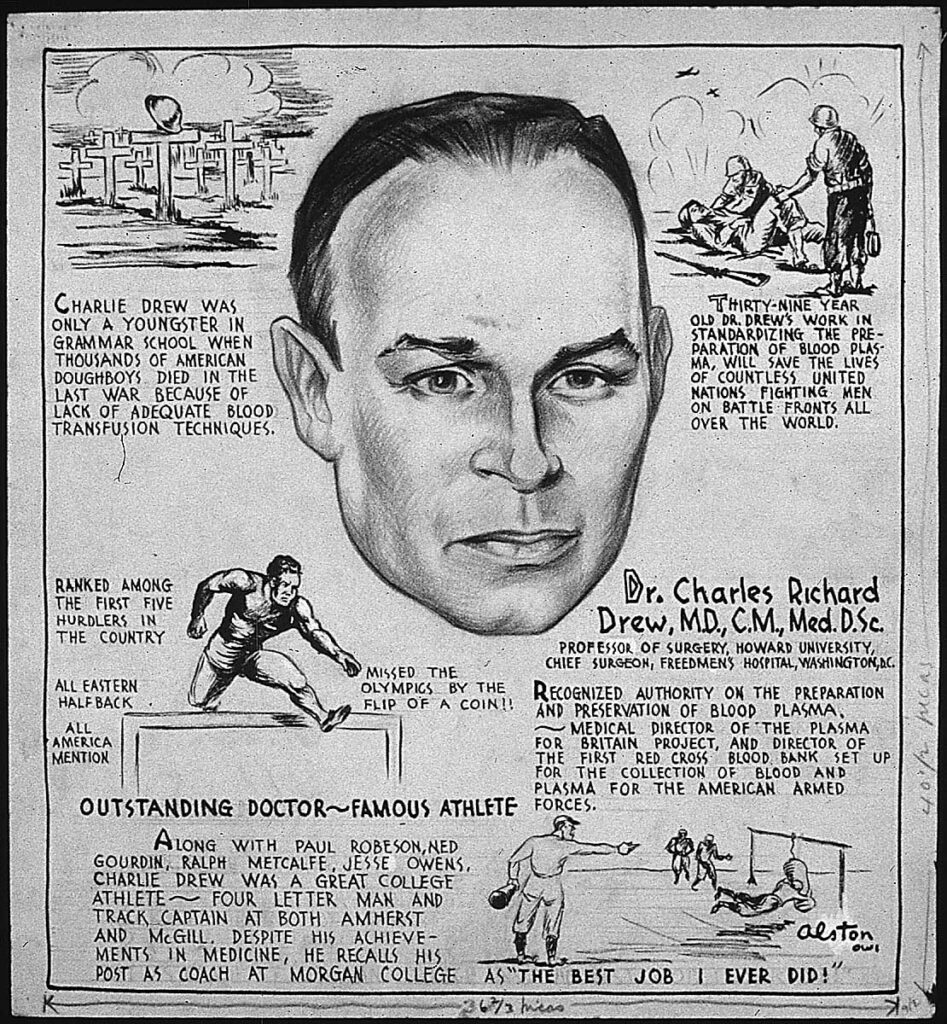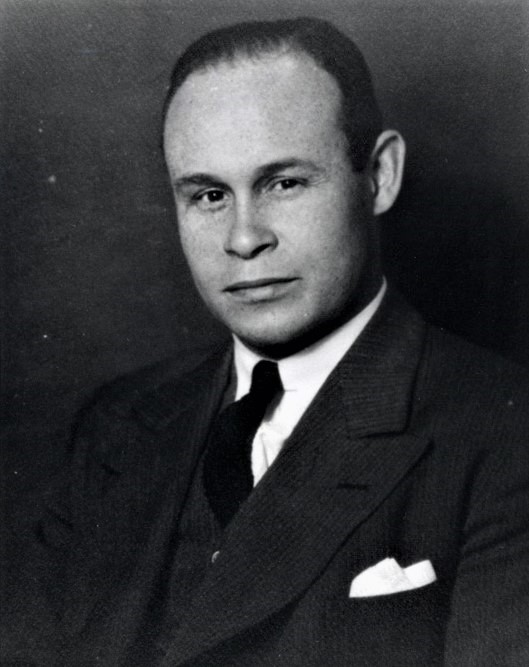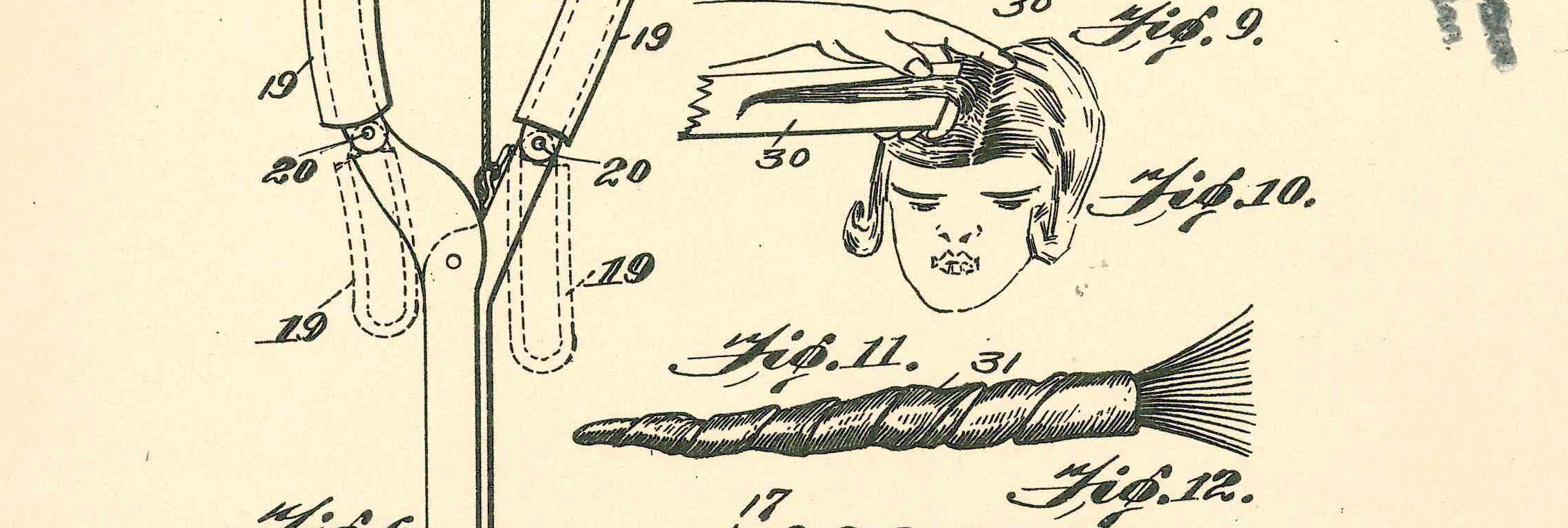Charles R. Drew (1904-1950) was an African-American physician, surgeon, and medical researcher who made significant contributions to the field of medicine. He is best known for his development of the blood bank and his work in blood plasma research, which saved countless lives during World War II. However, there are many other lesser-known facts about this trailblazing figure that are equally fascinating and inspiring. In this blog post, we will explore the top ten secrets of Charles R. Drew and his inventions.
From his early beginnings as a student-athlete to his groundbreaking research in blood transfusion, Drew’s life was marked by determination, intelligence, and innovation. Despite facing significant obstacles due to his race, he persevered to become one of the most respected and influential medical professionals of his time. Through examining his life and work, we can gain a deeper understanding of the challenges faced by black Americans during the early 20th century, as well as the power of individual determination and innovation in the medical field. One of his most significant contributions was the development of a process to preserve blood plasma. Drew’s research led to the creation of blood banks, which saved countless lives during World War II. He also worked to improve the quality of medical care for Black patients, integrating blood banks and hospitals, and advocating for equal access to medical treatment. Despite his many accomplishments, Drew faced discrimination and racism throughout his career, including being denied admission to medical school because of his race. Despite these challenges, Drew remained dedicated to his work and left a lasting impact on the field of medicine. The ten secrets of Charles R. Drew’s life and work reveal a man who was not only a brilliant scientist and inventor, but also a trailblazer for equality
and civil rights. Drew was one of the few African American doctors in his time and faced discrimination and prejudice throughout his career. However, he never wavered in his commitment to improving healthcare for all, regardless of race. In fact, one of his most significant contributions was his work in creating a system for the long-term storage of blood plasma, which saved countless lives during World War II. Despite his many accomplishments, Drew’s legacy is often overshadowed by his untimely death in a car accident at the age of 45. Nevertheless, his impact on medicine and society continues to be felt today. By delving into the top ten secrets of Charles R. Drew and his inventions, we can gain a deeper understanding of his remarkable life and contributions to the field of medicine, Charles R. Drew was a pioneer in the development of modern blood banking. One of his most significant inventions was the blood bank, which revolutionized the way we store and transfuse blood. Drew was also responsible for developing a method of preserving blood plasma, w`hich helped to save countless lives during World War II. Despite facing discrimination and racism throughout his career, Drew remained dedicated to his work and continued to make groundbreaking discoveries. Today, his legacy lives on through the many lives he saved and through the countless medical professionals who continue to build upon his work.

1. Drew invented the blood bank.
Charles R. Drew (1904-1950) was a renowned physician, surgeon, and medical researcher who made significant contributions to the field of medicine. One of his most notable and life-saving inventions was the blood bank. Drew invented the concept of blood banking, which revolutionized the field of transfusion medicine. He discovered that blood could be separated into its various components, such as plasma, red blood cells, and platelets, and that these components could be stored separately. This led to the creation of the first blood bank in 1940, which played a crucial role in saving thousands of lives during World War II. Drew’s invention of the blood bank remains one of the most important and life-saving contributions to medicine and has become an indispensable part of modern healthcare.
2. He received his M.D.
The second secret on the list of Top-Ten Secrets of Charles R. Drew (1904-1950) is that he received his M.D. degree. This significant accomplishment served as the foundation for Drew’s many contributions to the field of medicine. Dr. Drew’s medical degree was earned at McGill University in Montreal, Canada, where he was awarded the degree in 1933. This achievement was a remarkable one, given the racial barriers that existed during the time. Dr. Drew became the first African-American to earn a doctorate in medical science from McGill University, setting a high standard for future generations of African-American doctors and medical professionals. The significance of this achievement cannot be overstated, as it paved the way for greater representation and diversity in the medical field.
3. He was an athlete.
As we delve into the life of Charles R. Drew (1904-1950) and his inventions, we must acknowledge his athletic prowess as one of the top ten secrets to his success. Drew was a multi-talented individual who excelled in sports, particularly in football. He played for the Amherst College football team and was named an All-American football player in 1926. His athletic abilities allowed him to develop discipline, perseverance, and teamwork skills that he later applied to his career in medicine. Drew’s physical fitness also played a crucial role in his ability to work long hours in high-pressure situations. Through his athletic background, Drew demonstrated that physical fitness and mental acuity are intertwined and both are essential to achieve success in any field.
4. He was a professor.
One of the top-ten secrets of Charles R. Drew (1904-1950) and his inventions is that he was a professor. Dr. Drew not only made significant contributions in the field of blood transfusion but also had a notable career as an academic. He was a professor of Surgery and Medicine at Howard University where he taught and mentored several generations of medical students. Dr. Drew’s work as an academic was just as impactful as his medical research. He believed in providing education to a diverse community of learners and advocated for equal opportunities in education. As a professor, Dr. Drew was known for his dedication to teaching and his innovative approaches to medical education.
5. He joined the Red Cross.
Charles R. Drew (1904-1950) was a pioneering African American physician, researcher and inventor who made significant contributions to the field of blood banking. He is widely recognized for his work in developing techniques for the long-term preservation of blood plasma, which was critical to saving the lives of wounded soldiers during World War II. Among his lesser-known achievements was his involvement with the American Red Cross. In fact, one of the top ten secrets of Charles R. Drew was that he joined the Red Cross. This membership enabled him to travel extensively across the United States, promoting the use of blood donations and transfusions, and educating the public on the importance of blood banking. His work with the American Red Cross helped to lay the foundation for the modern blood banking system that we have today.
6. He faced racial discrimination.
In his lifetime, Charles R. Drew (1904-1950) made numerous groundbreaking contributions to the medical field, including the development of blood plasma separation techniques and the establishment of the first large-scale blood bank during World War II. However, despite his significant achievements, Drew faced significant racial discrimination during his career. Despite being an accomplished physician and researcher, he was often denied positions and promotions due to his race. At one point, he was even prevented from serving in the medical corps during World War II due to a policy that prohibited the use of blood from African American donors. Despite these obstacles, Drew continued to persevere and make significant contributions to the medical field, leaving a lasting legacy that continues to inspire future generations.

7. He served in World War II.
As we delve into the top ten secrets of Charles R. Drew and his inventions, it is important to recognize his service in World War II. Drew, who had previously worked as the director of the Blood for Britain project, was brought onto the American Red Cross in 1941 to assist with the collection and distribution of blood for the United States military. Drew was responsible for the creation of blood banks and blood mobiles, which allowed for more efficient blood collection and transport. His work during World War II helped to save countless lives on the battlefield and paved the way for modern blood banking practices. Drew’s dedication to serving his country during the war was just one aspect of his remarkable career and legacy.
8. He helped establish plasma centers.
Charles R. Drew (1904-1950) is known for his pioneering work in the field of blood transfusion. However, not many people know that he also played a key role in establishing plasma centers. In 1941, Drew was appointed as the medical director of the first American Red Cross Blood Bank. During World War II, Drew was tasked with developing a system for collecting, processing, and distributing blood plasma to wounded soldiers. He worked tirelessly to establish plasma centers and develop methods to ensure the quality and safety of plasma donations. Drew’s efforts helped save countless lives on the battlefield and paved the way for the modern blood banking system. He remains an inspiration to medical professionals and researchers today.
9. He was a medical researcher.
Charles R. Drew (1904-1950) was a renowned medical researcher who made significant contributions to the field of medicine. He was an African-American physician, surgeon, and medical researcher who is best known for his pioneering work in blood transfusion. His work in blood banking led to the development of modern blood transfusion practices, which have saved countless lives over the years. Drew was one of the first doctors to use blood plasma to treat patients suffering from shock, and he also developed a technique for storing blood plasma, which revolutionized the field of medicine. In addition to his groundbreaking work in blood transfusion, Drew also made significant contributions to the field of surgery and was a respected teacher and mentor to many aspiring medical professionals. His legacy continues to inspire and influence medical research and practice today.
10. His legacy continues today.
Charles R. Drew’s contributions to the field of medicine and healthcare continue to be celebrated today, decades after his passing. His legacy is still evident in the scientific advancements and innovations that have been made possible through his research and inventions. His blood bank system, for instance, has been instrumental in saving countless lives and has significantly improved the practice of blood transfusion. Drew’s pioneering work in the area of blood preservation and transfusion has also paved the way for other life-saving medical procedures. Today, his legacy lives on through the organizations and foundations that continue to support medical research, education, and healthcare initiatives.
In conclusion, the life and inventions of Charles R. Drew serve as an inspiration to many. Through his dedication to science and medicine, he made significant contributions that changed the course of history. Even though he faced many challenges, he persevered and achieved great success. His discoveries and innovations continue to impact the medical field to this day. It is essential to recognize the importance of his work and to continue to celebrate his legacy. As we remember his life and achievements, we are reminded of the power of science, innovation, and perseverance.


